Passion fruit, with its tangy-sweet taste and exotic aroma, is a tropical gem gaining popularity worldwide. Known for its distinctive flavor, rich nutritional content, and vibrant purple or yellow skin, passion fruit (Passiflora edulis) is a favorite in juices, desserts, yogurts, and health supplements. But a question often asked by both consumers and industry professionals is: Where does the best passion fruit come from? This article dives deep into the global passion fruit industry, evaluating key growing regions, their climatic advantages, farming techniques, and overall fruit quality to determine the top sources of premium passion fruit.
A Global Overview of Passion Fruit Production
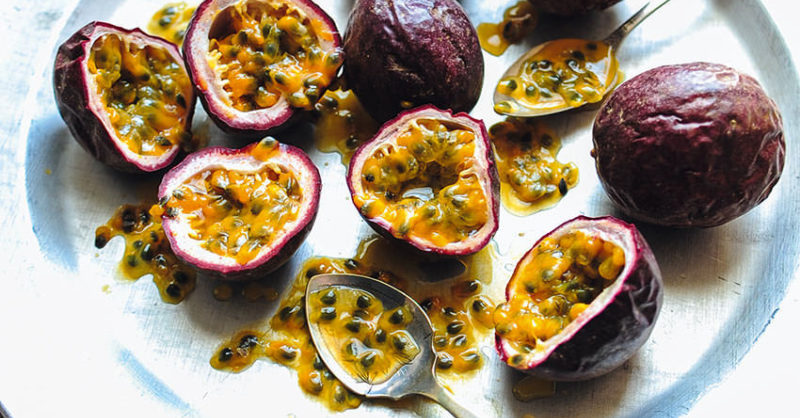
Passion fruit thrives in tropical and subtropical climates. It grows best in well-drained soil with ample sunlight and regular rainfall. Its cultivation has spread across several continents including South America, Africa, Asia, and Oceania, each contributing unique qualities to the global market.
While Brazil leads global production, countries like Colombia, Kenya, Vietnam, and Australia are known for producing exceptionally high-quality passion fruit that stands out in flavor, texture, and aroma.
Brazil – The Giant of Passion Fruit Production
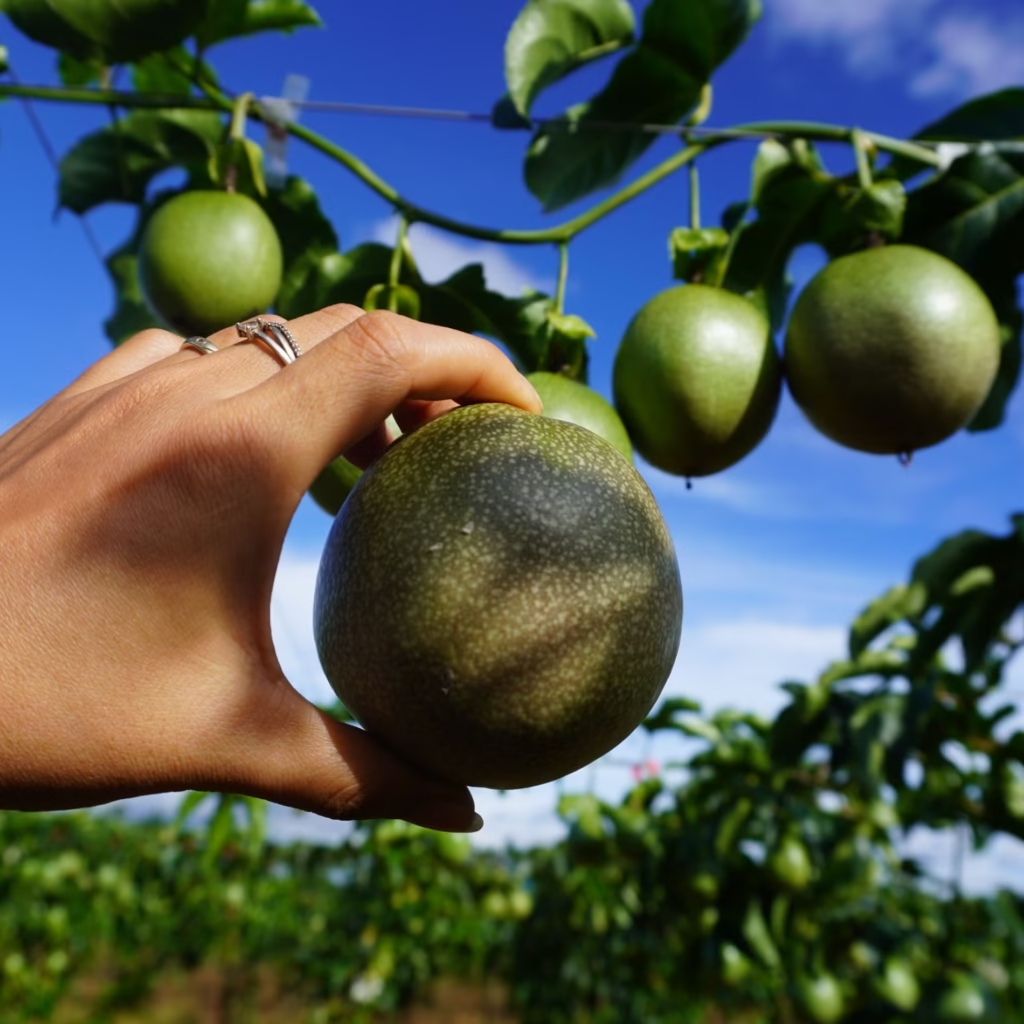
Why Brazil Stands Out:
- Largest Producer: Brazil accounts for nearly 70% of the world’s passion fruit production.
- Ideal Climate: Its tropical climate and fertile soils support year-round cultivation.
- Yellow Passion Fruit: Brazil is famous for its yellow variety, primarily used for juice production due to its strong flavor and high juice content.
- Advanced Agronomy: Brazilian farmers have adopted intensive cultivation practices, irrigation systems, and integrated pest management to boost productivity and fruit quality.
Limitations:
While Brazil excels in volume, not all Brazilian passion fruit meets premium fresh fruit standards. Much of the crop is juice-grade, although export-quality fresh fruit is gaining prominence.
Colombia – The Jewel of Andean Passion Fruit
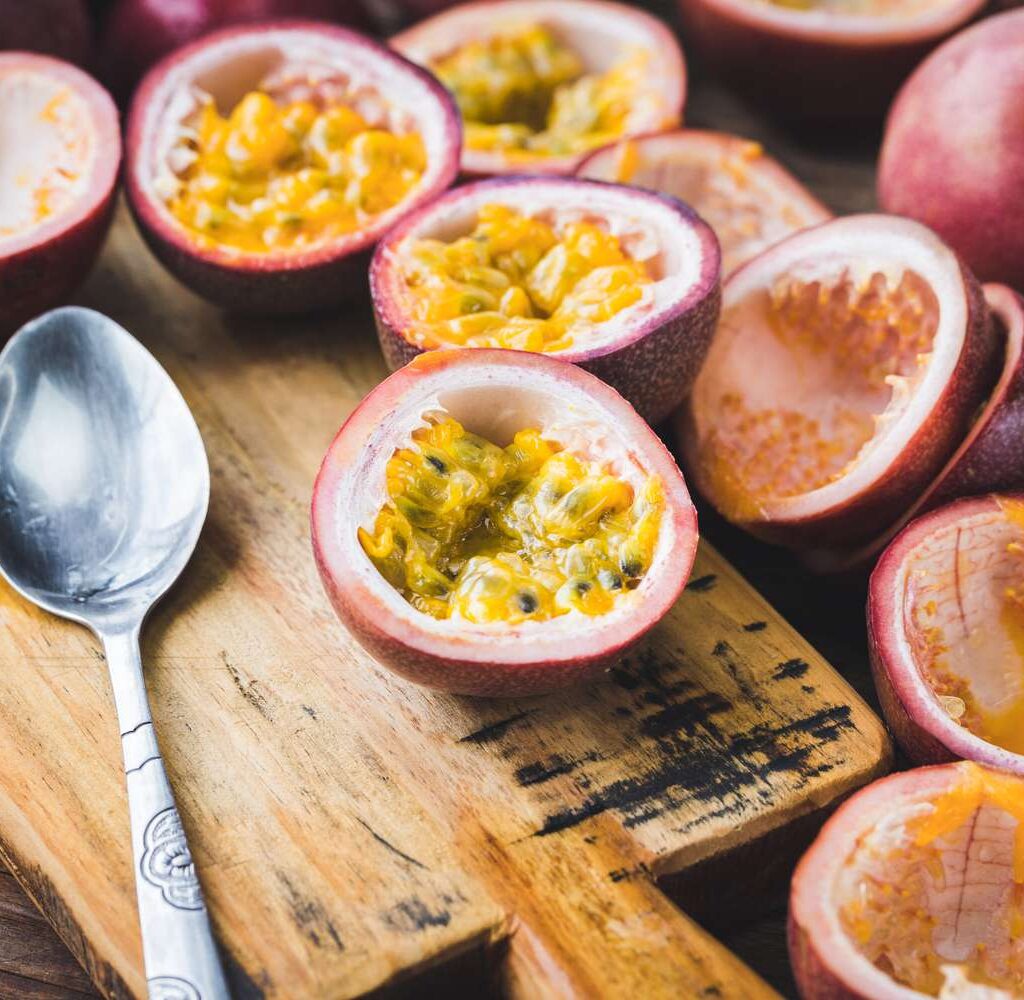
Why Colombia Produces Some of the Best:
- Flavor & Aroma: Colombian passion fruits, especially the purple variety, are renowned for their superior sweetness and aromatic richness.
- Altitude Advantage: Many farms are located at high altitudes (1,200–2,000 meters), where cooler temperatures slow ripening, allowing sugars to develop more fully.
- Growing Demand: Colombian passion fruit exports are expanding rapidly, especially to the European Union.
Unique Varieties:
- Maracuyá: Yellow-skinned and aromatic, commonly used in beverages.
- Granadilla (Passiflora ligularis): A sweet cousin of the passion fruit, also popular in exports.
Export Markets:
- Major buyers include the Netherlands, Germany, France, and the United States.
Kenya – Africa’s Premier Passion Fruit Exporter
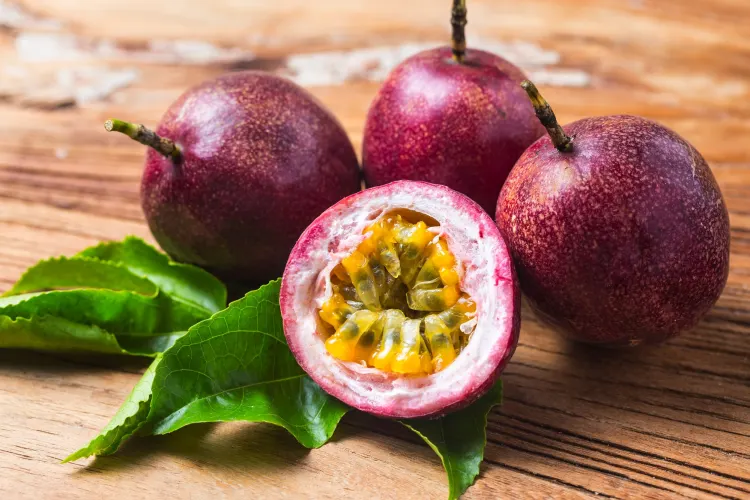
What Makes Kenyan Passion Fruit Special:
- High Altitude Farming: Much like Colombia, Kenya’s highland areas produce passion fruit with excellent sweetness and low acidity.
- Sustainable Farming Practices: Many smallholder farmers use organic and environmentally-friendly methods.
- Purple Passion Fruit: Kenya predominantly grows the purple variety, favored in fresh markets.
Growth Factors:
- Government and NGO support for small-scale farmers.
- Increasing adoption of certified organic and GLOBALG.A.P. practices.
- High demand in Middle Eastern and European markets.
Vietnam – Southeast Asia’s Rising Star
Vietnam’s Rapid Rise:
- In recent years, Vietnam has become one of the top Asian exporters of passion fruit, particularly to China.
- Vietnamese passion fruit is typically yellow-skinned and ideal for juice processing.
- New investment in cold chain logistics has improved Vietnam’s capacity for fresh fruit export.
Strategic Exports:
- Vietnam signed trade protocols with China, boosting fresh fruit exports.
- Strong potential for expansion to South Korea, Japan, and Europe.
Australia – Premium Passion Fruit with a Unique Flavor Profile
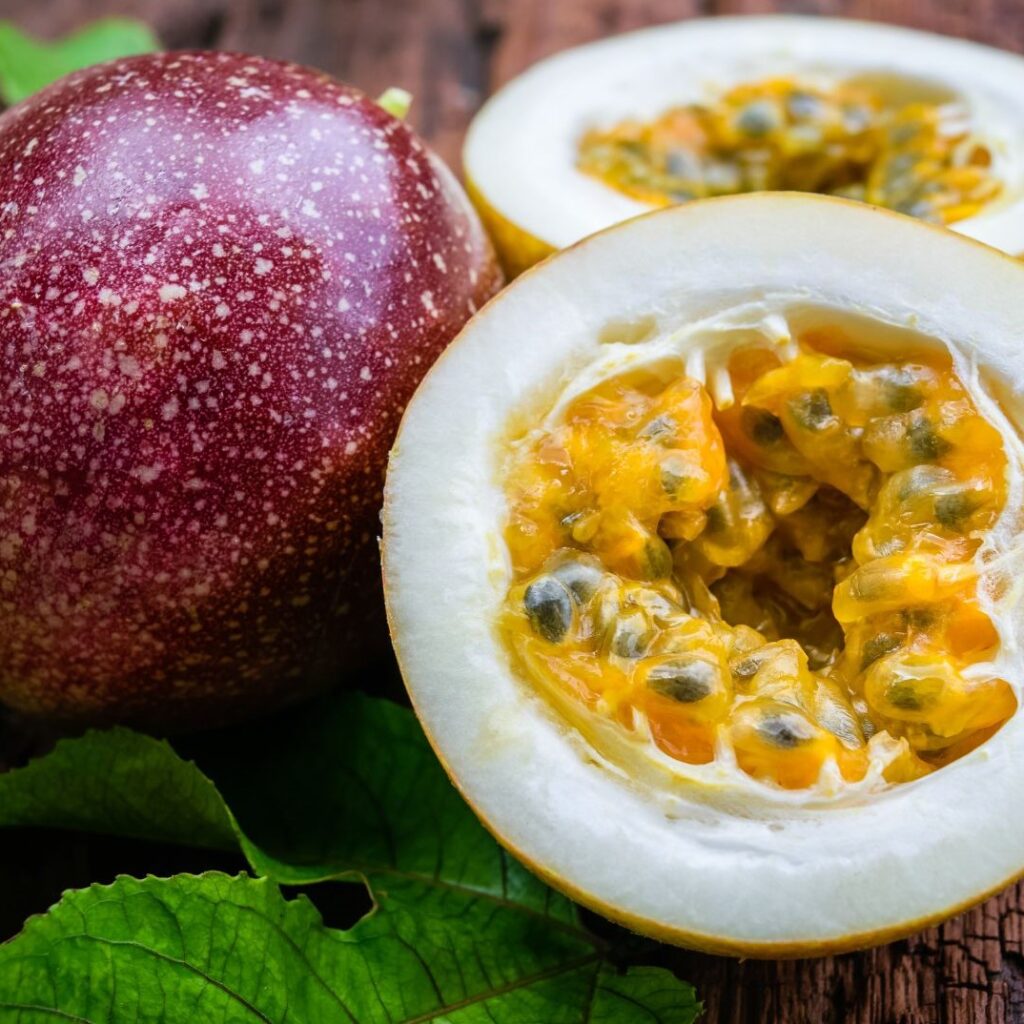
What Makes Australian Passion Fruit Exceptional:
- High-Quality Standards: Strict regulations ensure only premium fruits reach the market.
- Unique Varietals: Australian passion fruits are known for their tart-sweet balance, thicker skin, and deep pulp color.
- Innovation: Continuous development of new varieties like “Sweetheart” and “Tangleo” ensures consistent quality.
Domestic Market Focus:
Although much of Australia’s passion fruit is consumed locally, export demand is growing, particularly in Asia and the Pacific.
India – Growing Demand Meets Diverse Climates
Emerging Market Potential:
- Grown in states like Kerala, Tamil Nadu, and Nagaland, passion fruit cultivation is expanding rapidly in India.
- The Indian variety is generally yellow and juice-rich but still evolving in quality.
Challenges:
- Lack of awareness among farmers.
- Limited access to high-yielding varieties and technical knowledge.
Opportunities:
- Huge potential for domestic juice and wellness markets.
- Northeast India’s elevation and climate offer optimal conditions for premium cultivation.
Comparing the Best: Key Factors in Quality
| Country | Varieties Grown | Flavor Profile | Export Focus | Quality Rating |
|---|---|---|---|---|
| Colombia | Purple, Granadilla | Sweet, aromatic | Europe, USA | ★★★★★ |
| Kenya | Purple | Sweet, low-acid | Europe, Middle East | ★★★★☆ |
| Brazil | Yellow | Tangy, juicy | Juice, regional | ★★★★☆ |
| Australia | Purple, hybrids | Tart-sweet, rich | Asia, Pacific | ★★★★☆ |
| Vietnam | Yellow | Sweet, mild | China, Asia | ★★★☆☆ |
| India | Yellow | Tangy, acidic | Domestic use | ★★★☆☆ |
What Defines “The Best” Passion Fruit?
Determining the best passion fruit depends on its end use—fresh consumption or juice processing. However, overall quality is judged based on:
- Flavor Balance: Sweetness, acidity, and aromatic depth.
- Juice Content: More juice per fruit is favored for commercial processing.
- Shelf Life: Longer shelf life improves export potential.
- Pulp Color: Bright, deep-colored pulp is visually appealing and signals high quality.
- Skin Quality: Smooth, thick skin protects the pulp and extends longevity.
By these measures, Colombian and Kenyan passion fruits are currently regarded as among the best for fresh fruit consumption, while Brazilian and Vietnamese varieties dominate the juice market due to high yield and processing suitability.
The Future of Passion Fruit Globalization
Global demand for passion fruit is growing, fueled by rising interest in superfoods, natural beverages, and tropical flavors. With expanding markets in North America, Europe, and Asia, the competition among producing countries is intensifying. Innovations in farming, post-harvest handling, and cold storage are allowing producers in developing regions to compete on quality.
Key trends to watch:
- Sustainable Certification: Organic and fair-trade labels are becoming crucial for export markets.
- Genetic Improvement: Breeding programs are focused on improving shelf life, disease resistance, and flavor.
- Diversification: New hybrid varieties are offering enhanced taste and commercial viability.
Conclusion: Where Does the Best Passion Fruit Come From?
While Brazil leads in quantity, Colombia and Kenya lead in quality, especially for fresh consumption. Their altitude, climate, and flavor-rich varieties make them standout producers. Australia offers boutique-quality passion fruit with consistent premium standards, while Vietnam is rapidly becoming a juice export powerhouse. India, still in its development stage, has the potential to become a major player in the Asian market.


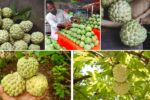
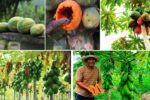



Leave A Comment